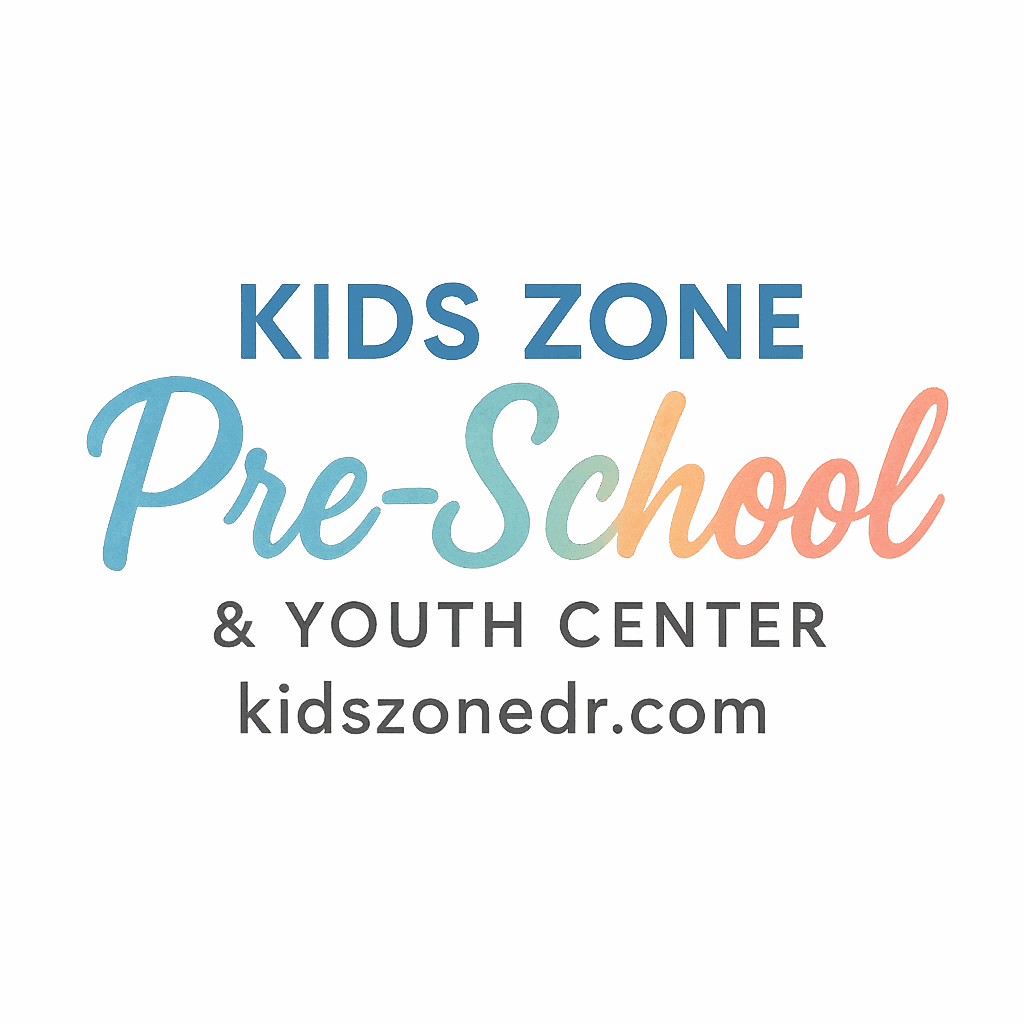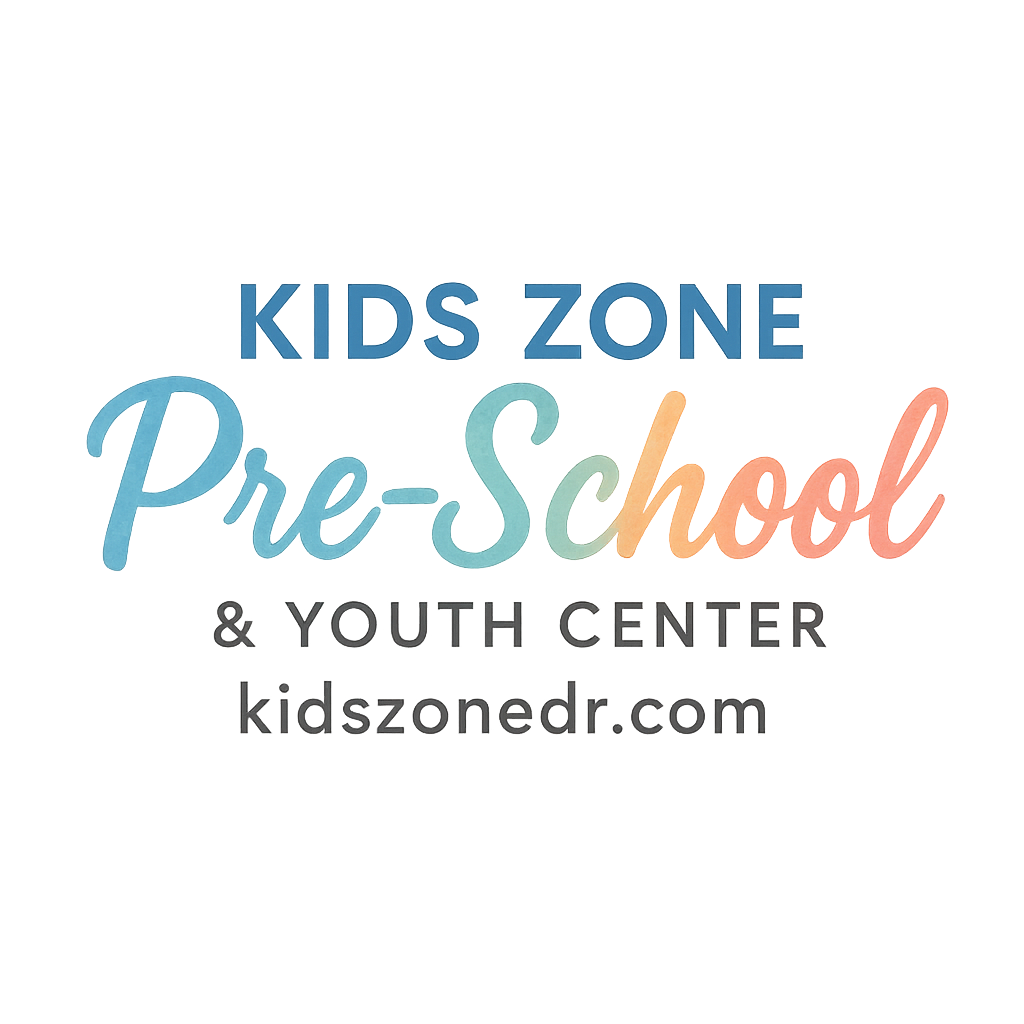Introduction
Preschool drop-offs can be emotional and challenging for both parents and children. While it’s natural for kids to feel hesitant about parting with their parents, it doesn’t have to be a tearful affair. With a few thoughtful strategies and a bit of patience, you can help make these transitions smoother for everyone involved.
In this article, we’ll explore seven proven tips that can make preschool drop-offs easier for both parents and children. From establishing routines to creating a sense of security, these tips can ease the stress of the morning hustle and make saying goodbye a lot less daunting. For more guidance on choosing the right preschool, you can check out this helpful guide on preschool selection.
Why Preschool Drop-Offs Can Be Difficult
Preschool is often a child’s first experience of separation from their parents for extended periods of time. This can trigger a range of emotions, including anxiety, fear, and confusion. Understanding why drop-offs can be so challenging helps in managing both your child’s emotions and your own.
Separation Anxiety in Children
Separation anxiety is a normal developmental phase, particularly for children between the ages of 18 months and 3 years. It’s when they feel anxious or distressed about being separated from their parents or caregivers. Preschool drop-offs can exacerbate this feeling because it’s a time when your child is entering a new environment, surrounded by unfamiliar faces and routines. If you’d like more tips on supporting your child through this, check out our article on preschool learning and development.
The Role of Parents in the Transition
Parents play a pivotal role in the transition to preschool. If parents are anxious or uncertain, children may pick up on those emotions, which can heighten their own anxiety. On the other hand, when parents are calm, confident, and reassuring, children are more likely to feel secure and comfortable in their new setting. Remember that your involvement and emotional support are key, as detailed in our article about parental guidance and involvement.
Tip #1: Establish a Consistent Morning Routine
Children thrive on consistency. Establishing a reliable morning routine is one of the best ways to make preschool drop-offs less stressful for both you and your child.
Why Routine is Crucial for Children
A consistent routine provides a sense of security and predictability. When children know what to expect in the morning, it reduces anxiety and helps them feel more in control of the situation. A calm, predictable routine helps your child understand that the day has a structure, making it easier for them to transition from home to preschool. To learn more about building structure into your child’s day, visit our daily routines and activities section.
How to Build a Consistent Morning Schedule
- Wake up at the same time each day: Try to keep the same wake-up time every morning. This helps regulate your child’s internal clock and prevents rushed mornings.
- Incorporate familiar activities: Include activities your child enjoys, such as reading a favorite book, having breakfast together, or playing with a toy.
- Plan ahead: Prepare clothes, snacks, and bags the night before. The fewer things you have to rush through in the morning, the less stressful the drop-off will be.
Tip #2: Create a Goodbye Ritual
A special goodbye ritual can provide emotional security for your child. Whether it’s a high-five, a secret handshake, or a quick hug, having a routine that signals it’s time to say goodbye can be very comforting.
The Power of Rituals for Emotional Security
Rituals create a sense of continuity and can help a child feel more grounded in an unfamiliar environment. When your child has a familiar goodbye routine, it gives them something to look forward to each day and reassures them that the separation is temporary. You can learn more about the role of routines in preschool transitions in our healthy habits and routines guide.
Ideas for Quick, Easy Goodbye Rituals
- The “Magic Kiss”: Give your child a kiss on the hand, then tell them to keep it in their pocket until they see you again.
- The “Promise” Ritual: Tell your child a simple phrase like, “I’ll be back after your nap,” or “See you after snack time.” Repeating this same phrase each day reinforces the idea that they’ll see you soon.
- A Goodbye Song: Make up a fun, quick song that you can sing each morning to mark the transition.
Tip #3: Be Calm and Confident
Your child takes emotional cues from you. If you show signs of anxiety or hesitation, they may start to mirror those feelings. It’s important to maintain a calm and confident demeanor during drop-offs.
Children Can Sense Parental Emotions
Kids are incredibly perceptive, and they can pick up on the emotional state of their parents. If you’re feeling nervous or stressed, your child will likely sense that and feel anxious as well. On the other hand, if you are confident and calm, your child is more likely to feel secure. To learn more about how your involvement can ease preschool transitions, take a look at our parenting tips and strategies.
How to Stay Calm and Confident During Drop-Off
- Practice deep breathing: Take a few deep breaths before entering the preschool. This can help you stay centered and calm.
- Use positive body language: Smile, maintain eye contact, and speak in a calm, reassuring tone.
- Keep your goodbye upbeat: Even if you’re feeling a little emotional inside, try to keep your actions light and positive. Your calm energy will help your child feel more comfortable.
Tip #4: Keep Goodbyes Short and Sweet
Lingering at the drop-off can make it harder for both you and your child. The longer you stay, the harder it may be for your child to separate from you.
The Importance of Quick and Cheerful Goodbyes
Short, sweet, and confident goodbyes help ease the transition. Prolonging the goodbye can increase your child’s anxiety and make it harder to leave. A quick goodbye gives your child the reassurance that you’ll be back soon, while also making the process feel less dramatic.
Why Lingering Can Make It Harder for Your Child
When parents linger at drop-off, children can become fixated on the idea of not wanting to be apart. The emotional build-up can intensify, leading to more distress. Keeping the goodbye short helps avoid this emotional escalation. For more on how routines and schedules help with drop-offs, explore our preschool daily schedule tips.

Tip #5: Set Realistic Expectations
Don’t expect every drop-off to be smooth from the start. For many children, it takes time to adjust to the new routine of preschool, and it’s normal to experience some tears.
What to Expect During the First Few Drop-Offs
During the first few days or weeks, your child may cry or cling to you. This is perfectly normal. It’s a sign that your child is adjusting to the new environment. With time, the tears will lessen as your child becomes more familiar with the preschool routine. You can learn more about adjusting expectations and handling emotions in our milestone and growth tips.
Gradual Adjustments for a Smoother Transition
- Start with shorter days: If possible, ease your child into the preschool experience by starting with shorter hours and gradually extending them.
- Talk about the preschool day: Discuss what your child will do at preschool and what to expect, including fun activities and new friends they’ll meet.
Tip #6: Offer Reassurance and Encourage Independence
It’s essential to reassure your child that you’ll always return after preschool. However, it’s also crucial to encourage their independence during the drop-off.
The Balance Between Reassurance and Encouraging Self-Reliance
While it’s important to reassure your child that you’ll come back, it’s equally vital to foster their confidence in handling the situation independently. Encouraging them to say goodbye on their own, even if they’re initially reluctant, can help them develop resilience and emotional security.
Practical Ways to Empower Your Child
- Give them a sense of control: Let your child choose their clothes or pack their own backpack to feel more involved in the process.
- Praise their efforts: Celebrate small victories, like walking to the door on their own or waving goodbye without tears.
Tip #7: Connect with the Preschool Staff
Building a relationship with your child’s teachers and caregivers can make drop-offs smoother. The staff can help reassure your child and guide them through the process.
How Communication with Staff Helps Smooth Drop-Offs
When teachers understand your child’s needs and temperament, they can provide extra comfort and reassurance. If your child feels familiar with the staff and knows they’ll be well cared for, it can make the separation easier. For more on how to work with teachers to support your child, check out our post on health and safety in preschool.
Building a Relationship with Teachers for Better Transitions
- Introduce yourself to the teachers: Take time to get to know the staff and have open conversations about your child’s needs and routines.
- Share concerns: If you have any concerns about the drop-off process, communicate with the teachers. They can help make adjustments to ease the transition.
Conclusion
Preschool drop-offs don’t have to be an emotional rollercoaster. With a few simple strategies, you can help your child feel more comfortable and confident in this new phase of their life. From establishing a consistent routine to fostering independence, these tips can help create a smoother, tear-free transition for both you and your child.
For more tips and resources on supporting your child’s development and creating the best preschool experience, visit our website.
FAQs
- What should I do if my child is crying at drop-off?
- Stay calm, reassure them, and offer comfort. Over time, the crying will likely decrease as they adjust to the new environment.
- How long will it take for my child to adjust to preschool?
- It varies, but most children adjust within a few weeks. Be patient and consistent.
- Is it normal for my child to be afraid of going to preschool?
- Yes, many children experience fear or anxiety, especially in the beginning. This is a normal part of the transition.
- Should I stay with my child until they stop crying?
- While it’s tempting to stay, it’s often more helpful to make a quick and confident departure. Lingering can prolong the distress.
- Can I drop off my child later in the day to avoid morning anxiety?
- While this can sometimes help, most children benefit from a consistent routine. Try to keep drop-off times as regular as possible.
- How can I make drop-off easier in the first few weeks?
- Gradual adjustments, like shorter days or extended drop-off times, can help ease the transition.
- What should I do if my child doesn’t want to go to preschool at all?
- Talk to the teachers, and address any fears or concerns your child might have. It may take time, but reassurance and consistency are key.


